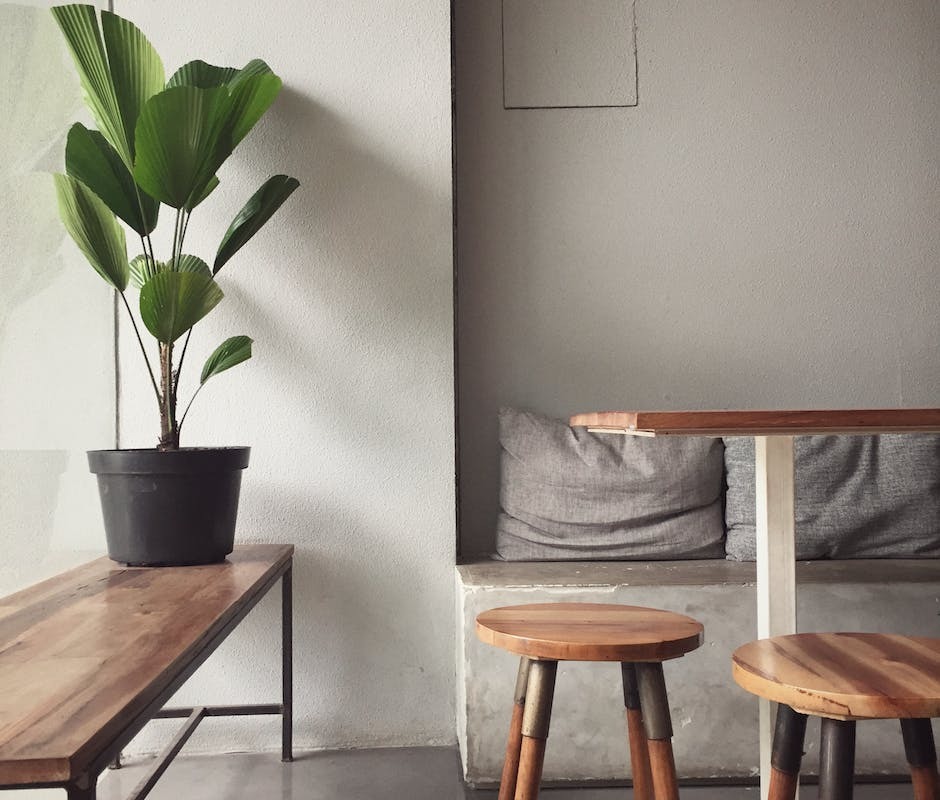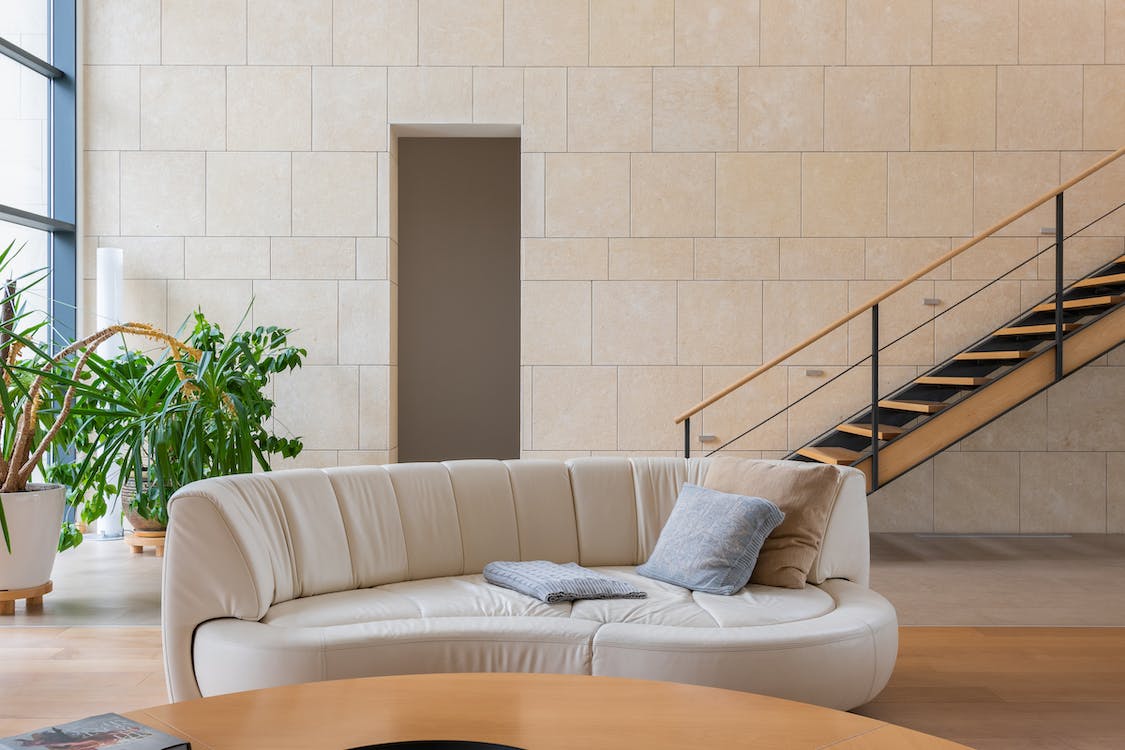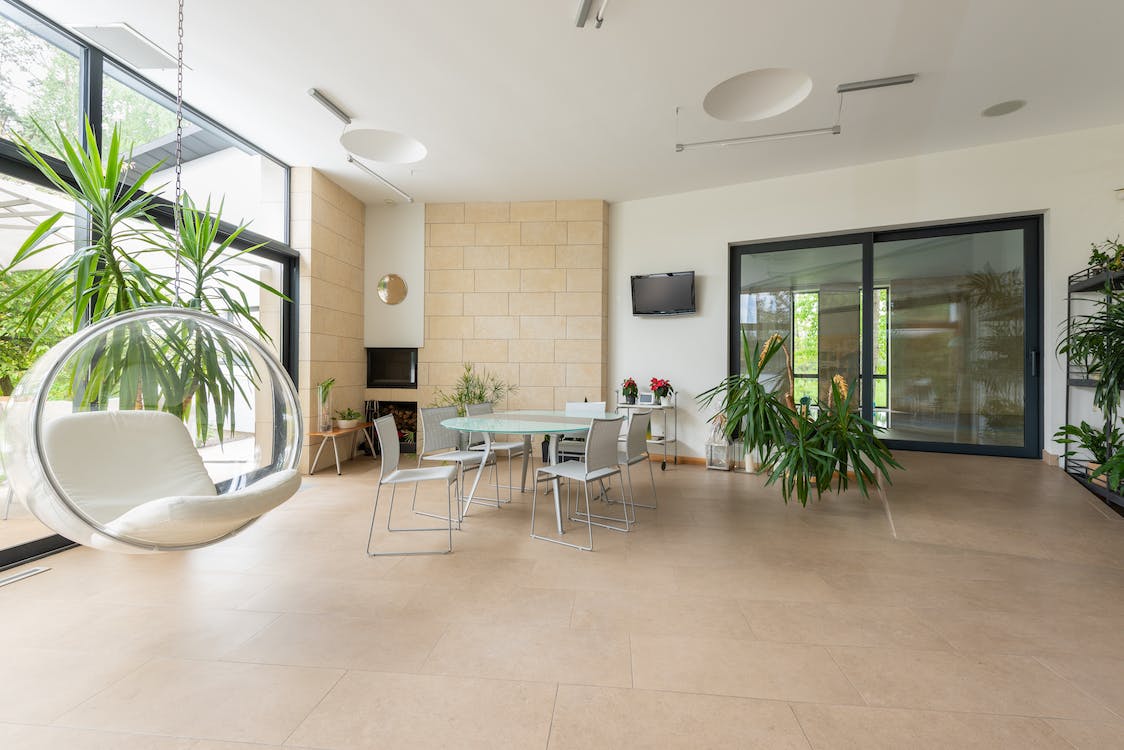Eco-Friendly Ideas From the Pros of Sustainable Interior Design
Have you ever thought about making your home more eco-friendly? Interior design professionals understand that it can be a challenging task. But, if you’re ready to take the plunge and want to be more mindful of your home’s impact on the environment, here are some tips to get you started.
Do you know what materials are best to use for a sustainable lifestyle? Instead of new, opt for second-hand or reclaimed materials. Re-purposed furniture pieces have the potential to be a design masterpiece. This is an excellent way to easily make your space sustainable, and it also helps you create unique designs with unique finds at a fraction of the cost.
Whilst you’re at it, why not consider going paperless too? As much as possible, shop for products on-line or sign up for e-bills. You can also opt for more sustainable cleaning products with toxic-free ingredients. Ditching the use of paper and single-use items, can help minimize the carbon footprint that comes with your household chores.
Lastly, don’t forget that energy efficiency and low energy consumption are essential factors in a sustainable interior design. Choose energy-saving appliances and make use of natural light to decorate your living space. This can help you reduce your electricity bill and create an uplifting ambience at the same time.
Integrate Plants Into Your Design
Integrating plants into your decor is one of the most effective strategies when it comes to creating a sustainable home. Not only can plants purify the air and help reduce energy consumption, but they can also add vibrancy and life to your space. Indoor plants are relatively easy to maintain and can instantly elevate your home.
When introducing plants, make sure you research the specific climate and sunlight needs to be able to choose accordingly. This can also depend on the type of containers you’ll be using. Be sure to opt for pots with holes at the bottom to promote proper drainage.
Don’t Forget to Shop Consciously
When shopping for furniture and accessories, don’t forget to consider the materials used. Avoid plastic whenever possible and look for items made with renewable materials like bamboo. Moreover, research companies beforehand to make sure they practice sustainable harvesting and producing.
Also, take the time to see if you can find out if the furniture is certified by trust-worthy organizations that stand for ethical and sustainable practices. This is a great way to ensure that the furniture you’re investing in is durable and eco-friendly.
Change Your Habits
One of the most effective sustainable interior design practices is to develop habits that are more mindful of your environment. Be mindful of your water and electricity usage. Unplug electronics that are not in use and look into solar energy as an alternative energy source.
Be mindful of your waste disposal practices and opt for waste materials when possible. Repurpose your packaging materials with a creative do-it-yourself project. Or, you can shop for vintage furnishing for a unique, personalized look.
Be Mindful of Your Interior Design Choices
Finally, be mindful of your interior design choices when it comes to furniture and installations. You can still make an eco-friendly statement without making a complete renovation. Little things can go a long way in making your home more sustainable. Pay attention to your color scheme and pick shades that reflect nature and promote energy efficiency.
Create a beautiful, efficient home by investing in eco-friendly choices that more closely reflect your values. And be mindful that every small change could make a huge difference in helping Mother Nature.


